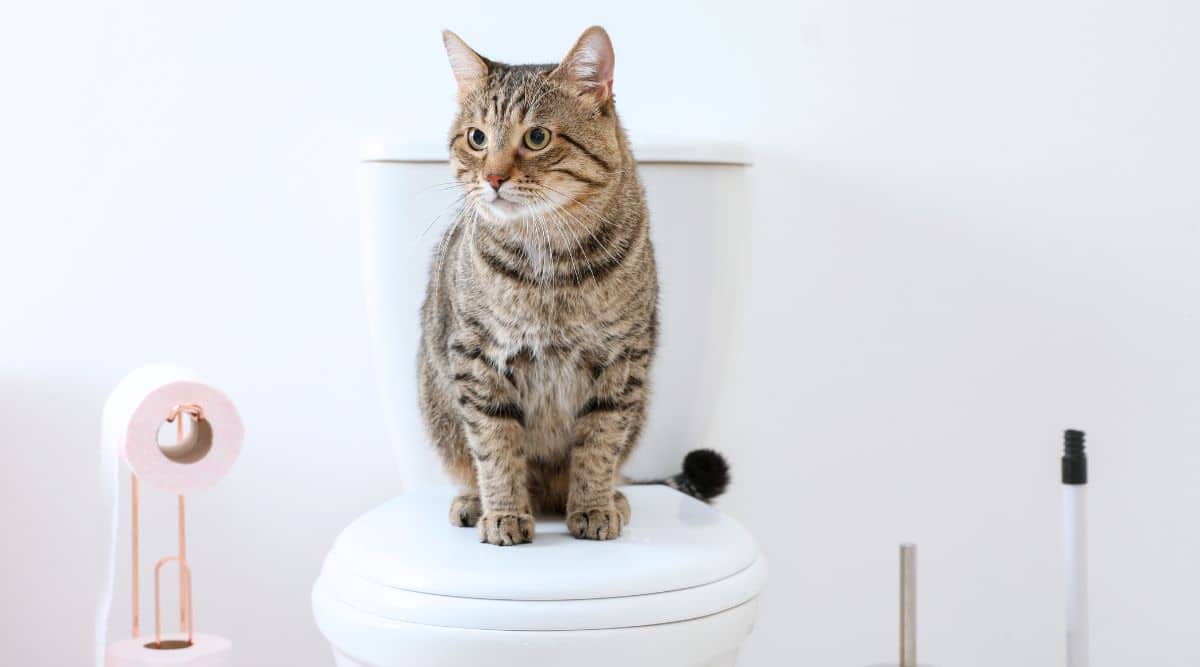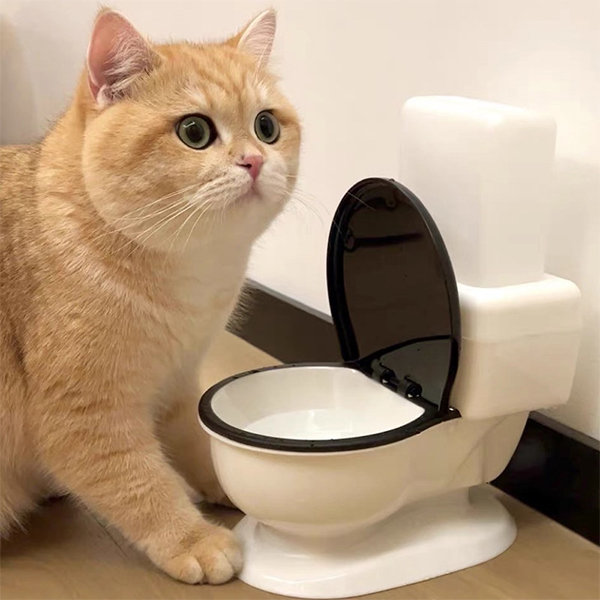We have come across this great article on Don't Flush Your Pets Poo Down The Loo, Vet Warns directly below on the net and decided it made perfect sense to share it with you on this page.

When it comes to throwing away waste, especially animal waste, many people typically consider the convenient choice of flushing it down the commode. However, this seemingly simple option can have significant consequences for the setting and public health. In this short article, we'll check out why flushing animal waste down the toilet is a negative concept and offer alternative approaches for proper disposal.
Intro
Appropriate waste disposal is crucial for keeping environmental sustainability and public health. While it might seem safe to flush animal waste down the commode, it can result in numerous issues, both for the setting and human well-being.
Threats of flushing animal waste
Ecological impact
Flushing pet waste presents damaging microorganisms and pathogens into rivers, which can adversely affect marine ecosystems. These microorganisms can pollute water resources and injury aquatic life, interrupting fragile communities.
Public health issues
Animal waste has unsafe germs such as E. coli and Salmonella, which can posture major health and wellness threats to people. Flushing animal waste down the commode can infect water products, resulting in the spread of conditions and infections.
Alternatives to flushing
As opposed to purging pet waste down the toilet, there are several different disposal approaches that are extra eco-friendly and sanitary.
Composting
Composting pet waste is a green means to dispose of it. By composting, raw material is broken down right into nutrient-rich soil, which can be used to fertilize gardens and plants.
Land fill disposal
Disposing of pet waste in a garbage dump is another alternative. While not as eco-friendly as composting, it is a safer choice to flushing, as it avoids the contamination of water resources.
Animal garbage disposal systems
There are specialized animal garbage disposal systems available that safely and hygienically throw away pet waste. These systems frequently utilize enzymes to break down waste and remove smells.
Actions to appropriate animal garbage disposal
To make certain correct disposal of pet waste, adhere to these actions:
Scooping and getting waste
Regularly scoop and bag animal waste using biodegradable bags. This stops waste from contaminating the environment.
Utilizing designated waste containers
Dispose of bagged animal waste in marked waste bins, such as compost bins or garbage dump bins. Stay clear of flushing it down the commode whatsoever costs.
Cleaning can and family pet locations consistently
Routinely tidy litter boxes and pet dog locations to avoid the buildup of waste and germs. Use pet-safe cleansing items to keep hygiene.
Benefits of correct disposal methods
Taking on appropriate disposal approaches for animal waste uses numerous benefits:
Lowered environmental pollution
Proper disposal techniques reduce the danger of environmental pollution, protecting waterways and ecological communities from contamination
Reduced danger of water contamination.
By avoiding flushing animal waste down the bathroom, the threat of water contamination is significantly decreased, guarding public health.
Boosted hygiene and health
Correct disposal approaches advertise far better sanitation and hygiene, developing a more secure setting for both human beings and pets.
Final thought
In conclusion, flushing pet waste down the toilet is harmful to the setting and public health. By check here embracing alternative disposal methods and adhering to appropriate waste management practices, we can decrease the adverse effect of animal waste and contribute to a cleaner, much healthier world.
What To Do With Dog Poo – The Do's And Don'ts Of Disposing Of Faeces
Dog poo bins
Some councils provide dedicated dog waste bins in popular dog-walking areas that can take dog poo that has been bagged but you can legally dispose of dog waste in any public litter bin, as long as it is securely bagged. This also applies to your wheelie bin at home.
Do not flush
Water companies do not recommend flushing dog faeces down the toilet because certain parasites can survive the water processing treatment and are potentially harmful to humans. You should also never consider flushing dog poo that has been bagged down the toilet as the bags will not break down and instead create severe blockages in the sewage system.
In the woods
The Forestry Commission promotes a ‘stick and flick’ method for dealing with waste in the woods. This means finding a stick and using it to flick any poo from off the path so that it is out of the way of other walkers. You could also bury it as long as it is not in an area where there might be livestock.
Livestock
Parasites found in dog poo can be transmitted to livestock if they inadvertently eat infected faeces that has been left on grazing land. This could result in the death of sheep or abortion in cattle so you should always make sure you pick up your dog’s waste in fields where livestock could be present.

Routinely tidy litter boxes and pet dog locations to avoid the buildup of waste and germs. Use pet-safe cleansing items to keep hygiene.
Benefits of correct disposal methods
Taking on appropriate disposal approaches for animal waste uses numerous benefits:
Lowered environmental pollution
Proper disposal techniques reduce the danger of environmental pollution, protecting waterways and ecological communities from contamination
Reduced danger of water contamination.
By avoiding flushing animal waste down the bathroom, the threat of water contamination is significantly decreased, guarding public health.
Boosted hygiene and health
Correct disposal approaches advertise far better sanitation and hygiene, developing a more secure setting for both human beings and pets.
Final thought
In conclusion, flushing pet waste down the toilet is harmful to the setting and public health. By check here embracing alternative disposal methods and adhering to appropriate waste management practices, we can decrease the adverse effect of animal waste and contribute to a cleaner, much healthier world.
What To Do With Dog Poo – The Do's And Don'ts Of Disposing Of Faeces
Dog poo bins
Some councils provide dedicated dog waste bins in popular dog-walking areas that can take dog poo that has been bagged but you can legally dispose of dog waste in any public litter bin, as long as it is securely bagged. This also applies to your wheelie bin at home.
Do not flush
Water companies do not recommend flushing dog faeces down the toilet because certain parasites can survive the water processing treatment and are potentially harmful to humans. You should also never consider flushing dog poo that has been bagged down the toilet as the bags will not break down and instead create severe blockages in the sewage system.
In the woods
The Forestry Commission promotes a ‘stick and flick’ method for dealing with waste in the woods. This means finding a stick and using it to flick any poo from off the path so that it is out of the way of other walkers. You could also bury it as long as it is not in an area where there might be livestock.
Livestock
Parasites found in dog poo can be transmitted to livestock if they inadvertently eat infected faeces that has been left on grazing land. This could result in the death of sheep or abortion in cattle so you should always make sure you pick up your dog’s waste in fields where livestock could be present.

We hope you enjoyed our post on Can You Flush Dog and Cat Poo Down the Toilet?. Thank you so much for taking the time to read our blog. Kindly take the opportunity to promote this blog post if you appreciated it. We treasure reading our article about Don't Flush Your Pets Poo Down The Loo, Vet Warns.
Schedule Estimate